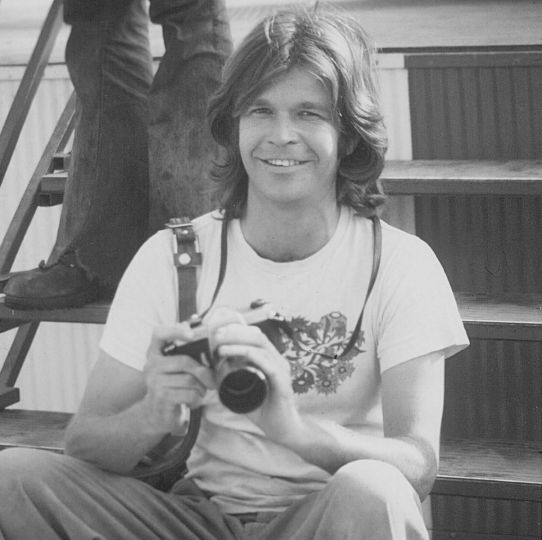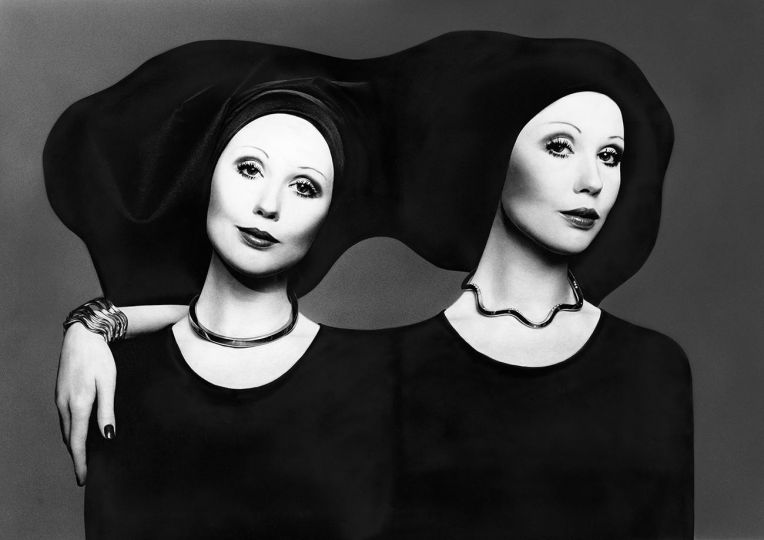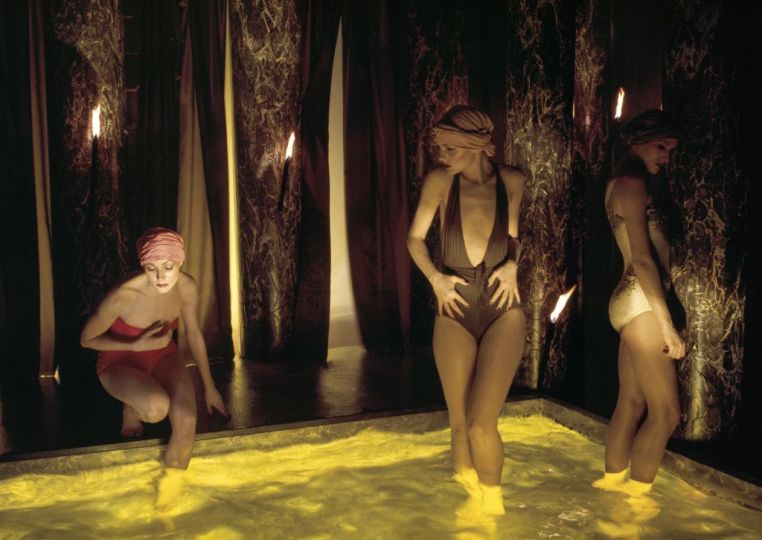Charles-Henri Favrod died on Sunday, January 15, on the eve of his 90th birthday. A true pioneer in the field of photography, he founded the Musée de l’Elysée in 1985 and served as its director until 1995.
During a career marked by a trial in 2003 – accused of badly handling public interests and then cleared by justice – Charles-Henri Favrod was a journalist, war reporter, writer, historian, director of collections at Editions Rencontres, founder and director of the Musée de l’Elysée in Lausanne, producer of portraits of politicians and an esthete and collector.
“I chose the word ‘museum’ because of the muses, a place where you muse and have fun. I do not intend to be the commissioner, as they say, nor the conservative agent in the sense in which the pharmacists formulate them. I want to be, if possible, the revealer, a bit magician, giving to see and to discover,” Favrod said in the Musée de l’Elysée – 30 years of photography issue published last November.
Charles-Henri Favrod has highlighted his contemporaries since the creation of the museum: Raymond Depardon or André Kertész in 1985, Jacques-Henri Lartigue, Eugène Atget or Robert Capa in 1986, Robert Frank or René Burri in 1987, to mention only a few.
“We owe a lot to Charles Henri-Favrod,” said Tatyana Franck, the current director of the Swiss museum. “A visionary character who defended the photographic medium with fervor and determination. The exhibitions he presented in Lausanne, but also in the world, the collection he created, the Nuit de la Photo that he launched have marked a generation and anchored a considerable heritage in the heart of the Canton of Vaud.”















